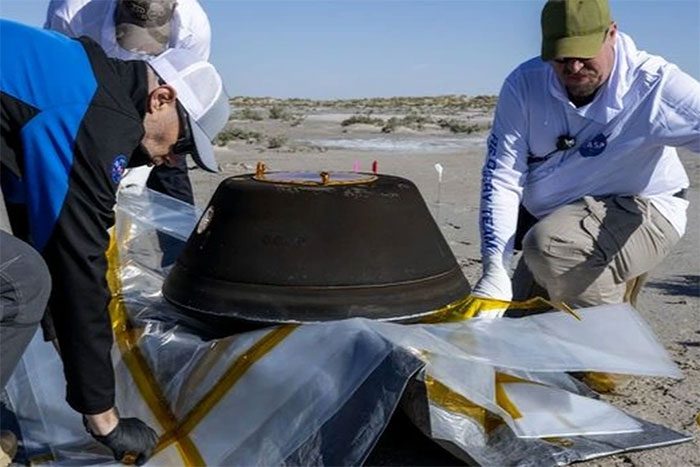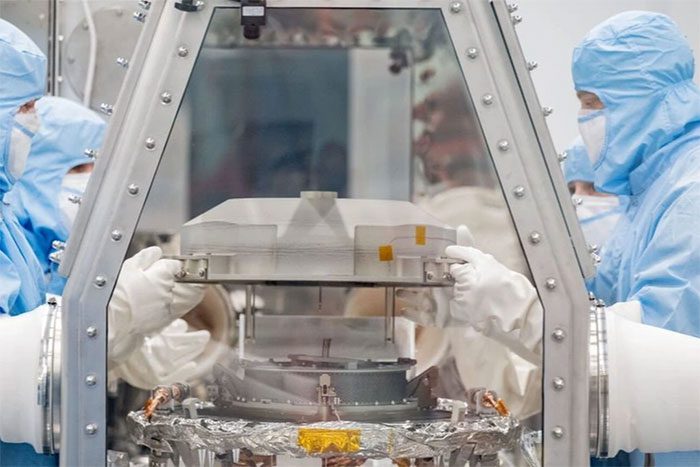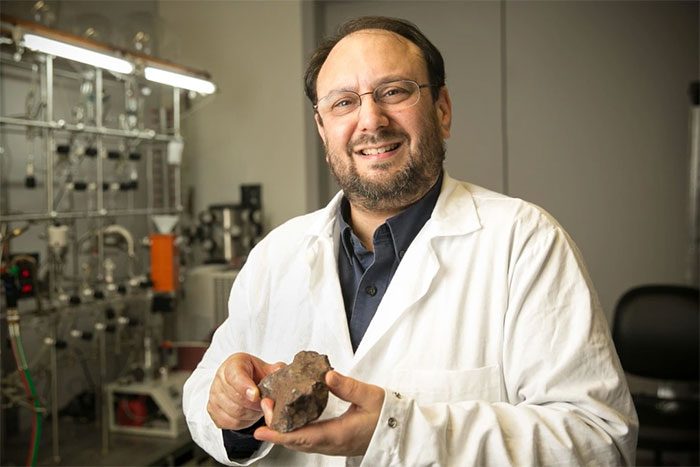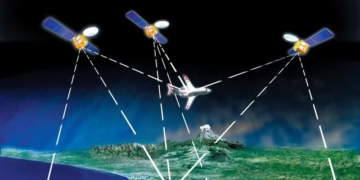Scientists were extremely excited as they opened the capsule containing the asteroid samples from the OSIRIS-REx spacecraft.
Valuable Extraterrestrial Samples and a 7-Year Journey
On September 27, scientists at the Johnson Space Center (JSC) began the process of removing the outer lid of the capsule on the OSIRIS-REx spacecraft.

The OSIRIS-REx capsule landed in a military test area in Utah, USA. (Photo: NASA).
This is a sample from Bennu – an extraterrestrial asteroid, which was collected by the spacecraft after a 7-year journey through space, returning to Earth on September 24.
Bennu is estimated to be about 6.2 billion kilometers away from Earth. The sample was collected from this asteroid in 2020 and has been stored in the OSIRIS-REx capsule since then.
“The scientists were extremely excited as the lid was lifted,” stated the Astromaterials Research and Exploration Science (ARES) division of NASA.
In the first step of the research process, NASA will collect black dust and small particles, the size of grains of sand, that are sticking to the lid and base of the capsule. This dust is believed to have once existed on the surface of the asteroid Bennu, which is also the focus of the OSIRIS-REx mission.

NASA experts opening the asteroid sample container on September 27. (Photo: NASA).
Researchers will analyze this sample to reveal new discoveries about the formation and early evolution of materials in the Solar System. Additionally, the study will assess the role of carbon-rich asteroids like Bennu in seeding Earth with “building blocks of life.”
However, this process will not happen quickly. The ARES team has only just begun to access the asteroid sample. They are working to dismantle the complex system of the Touch-and-Go Sample Acquisition Mechanism (TAGSAM) to access a larger amount of material inside.
Once TAGSAM is separated from the capsule, it will be placed in a sealed container and preserved in a nitrogen environment for up to 2 hours. These activities are taking place in a laboratory specially designed for the OSIRIS-REx mission.
Risk of Unknown Microbial Contamination?
From the moment the capsule containing the Bennu samples landed on Earth, concerns have been raised about the possibility of accidentally releasing tiny extraterrestrial organisms that might be mixed within the dust.
This concern arose from a statement made by Dr. Jason Dworkin, the OSIRIS-REx mission scientist, when he acknowledged that this was a mission of “unrestricted return to Earth.”
This means that the samples brought back from the asteroid Bennu have no restrictions, including those related to biological aspects.

Dr. Jason Dworkin holding a geological sample. (Photo: Oxy).
However, the OSIRIS-REx scientist promptly reassured that the research team found no signs of life on the asteroid Bennu during their study.
Instead, they are only looking for “building blocks of life”, such as essential amino acids, which may play a role in the emergence of life.
Dr. Dworkin also expressed no concern about the possibility of pathogens escaping into the environment and causing trouble or spreading disease. He stated that any material that exists on the asteroid would not be suitable for survival on Earth, as it has evolved in a distinct biosphere.
Moreover, it’s important to note that the samples will be opened in high-tech facilities that simulate special environments to minimize the risk of unknown microorganisms entering.
NASA is expected to announce the first findings from the Bennu asteroid samples on October 11. The “treasure” will then be shared with various scientific organizations and space agencies worldwide for further exploration.
Of this, NASA will retain 70% of the sample for analysis over the coming years. 25% will be shared among more than 200 scientists across 35 different institutions. 4% will be allocated to the Canadian Space Agency and 0.5% to the Japan Aerospace Exploration Agency (JAXA).


















































